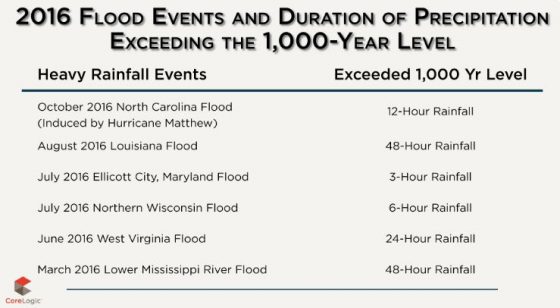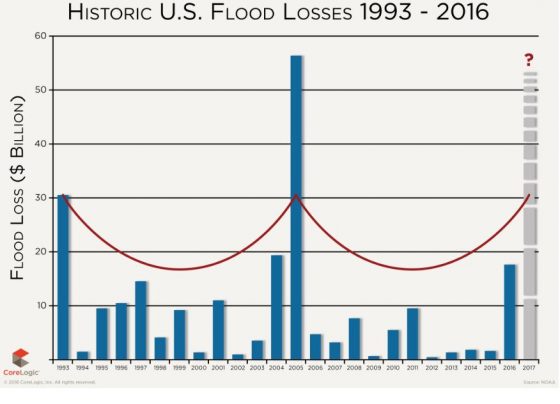Recent volcanic activity in Hawaii has turned national attention to emergency preparedness planning. As previously reported, the Kilauea eruption lessened but caused aftershocks, lava flow and lingering hazardous fumes in nearby areas. About 1,800 people live in the area, which was ordered to be evacuated last week by Hawaii County. No deaths or injuries have been reported.
On May 9, two more actively erupting fissures from the Kilauea volcano opened near Lanipuna, a neighboring community to the already affected Leilani Estates. Fox News reported that first responders went door to door to ensure everyone in the community was safely evacuated. At least 14 fissures are now open from Kilauea—considered one of the world’s most active volcanoes—with some releasing toxic gases and others spewing lava, at times at least 200 feet into the air.
Hawaii Gov. David Ige signed a Presidential Disaster Declaration request, asking President Donald J. Trump to declare the state a major disaster as a result of the ongoing seismic activity. Gov. Ige also requested assistance from the Federal Emergency Management Agency (FEMA), citing the unpredictable nature of the volcano, the number of structures destroyed, and the fact that residents may be unable to return to their homes for an undetermined amount of time.
Gov. Ige said in his Presidential Declaration request:
As more fissures open and toxic gas exposure increases, the potential of a larger scale evacuation increases. A mass evacuation of the lower Puna District would be beyond current county and state capabilities, and would quickly overwhelm our collective resources. Federal assistance would be necessary to enable us to successfully conduct such large-scale operations.
CBS reported that many people in the affected communities live in “lava zone one,” a high-risk area. Lava insurance doesn’t exist and homeowners’ insurance is very expensive, so some are going to be left on their own to try and rebuild.
With all these events, however, visitors to Hawaii.gov will find very little, if anything about the volcanic eruption on the state’s homepage [see screenshot]. Instead, there is much about the mild weather and announcements of a groundbreaking ceremony for a road pavement rehabilitation and the modernization of its payroll system. All-in-all, it’s difficult for the public to gage imminent dangers, such as the dangers of molten lava on the site. Visitors, as well as residents, need to navigate to the Residents Page to find the Emergency Information.
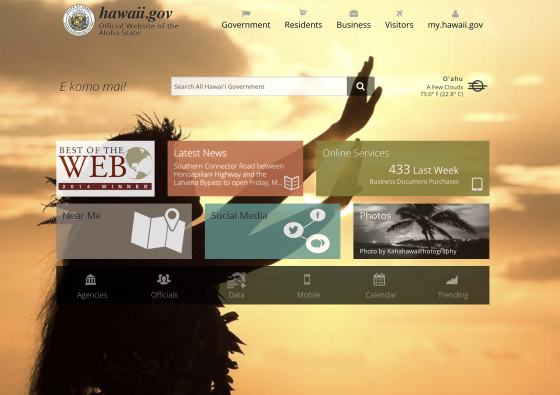
What Other States Can Learn
While volcanic eruptions may be relatively infrequent in the continental United States, the threat exists: There are 169 active volcanoes in the U.S., and 54 of them are considered high threats by the United States Geological Survey (USGS). Washington is one state that is proactive in its planning, and May just happens to be when it observes Volcano Preparedness Month. Washington has had five active volcanoes: Mount Rainier, Mount Baker, Mount Adams, Glacier Peak, and Mount St. Helens. The latter volcano erupted in 1980 and demonstrated the disaster potential of volcanoes, causing an estimated $31 million in insured losses. That eruption killed 57 people and left dramatic changes to the landscape. It undoubtedly impacted state officials, who regularly include environmental and natural disasters in their strategic plans.
King County, Washington is in close proximity to these volcanoes and has a page dedicated to volcanic activity. It explains how its active volcanoes pose different threats from Hawaii’s:
Unlike Hawaiian volcanoes that ooze molten lava, volcanoes in the Pacific Northwest are known for sending choking ash, hot rocks, and poisonous gases high into the sky. Lahars, which are deadly mixes of hot mud, ash, and other debris, are also a big concern.
It also advises how residents and businesses should prepare and react in the event of an eruption. After ashfall:
- Wear goggles to protect your eyes and long-sleeved shirt and pants to protect your skin.
- Clear roofs and rain gutters of ashfall. Ashfall is very heavy and can cause buildings to collapse. Use extreme caution when working on a roof.
- Avoid running vehicle engines. Driving can stir up volcanic ash that can clog engines, damage moving parts, and stall vehicles.
- Avoid driving in heavy ashfall unless absolutely required. If you must drive, keep the speed down to 35 MPH or slower. Be prepared to change oil, oil filter, and air filters frequently (every 50 to 100 miles in heavy dust and every 500 to 1,000 miles in light dust).
- As much as possible, keep ash out of buildings, machinery, air and water supplies, downspouts, storm drains, etc.
In 2017, King County co-hosted a climate change resiliency summit with the United Kingdom’s consulate to assess the physical geography and explore better emergency preparedness plans.
Risk Manager of the Year Honor Roll Member Jennifer Hills already had natural disasters on her radar. The director of risk management for King County, Hills is continually learning about the practical threats of a natural disaster and the county’s resiliency.
“We’re now looking at where emergencies and climate change should be on our risk register,” she told Risk Management magazine earlier this year, adding that she frequently collaborates with the county’s climate change and emergency management offices. “There’s a lot we’re understanding about King County’s exposures to natural disasters and we’re planning for those risks and how to mitigate them. There’s a lot of untapped resources we may need to open.”

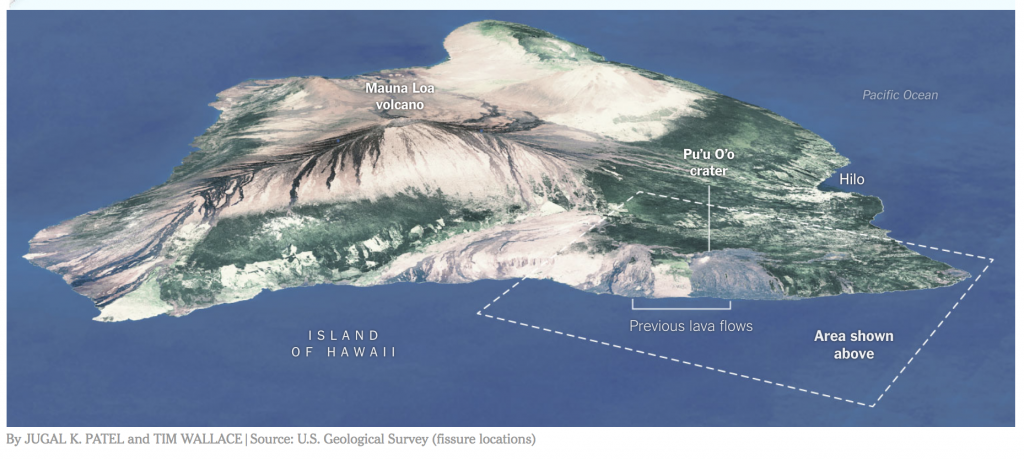 Volcanic activity from the Kilauea eruption in Hawaii has lessened, although aftershocks, lava flow and hazardous fumes continue in some areas, the Hawaii Volcano Observatory reported yesterday. Aftershocks from Friday’s magnitude-6.9 earthquake also continue, with more expected, including larger aftershocks potentially producing rockfalls and associated ash clouds, according to the United States Geological Survey.
Volcanic activity from the Kilauea eruption in Hawaii has lessened, although aftershocks, lava flow and hazardous fumes continue in some areas, the Hawaii Volcano Observatory reported yesterday. Aftershocks from Friday’s magnitude-6.9 earthquake also continue, with more expected, including larger aftershocks potentially producing rockfalls and associated ash clouds, according to the United States Geological Survey.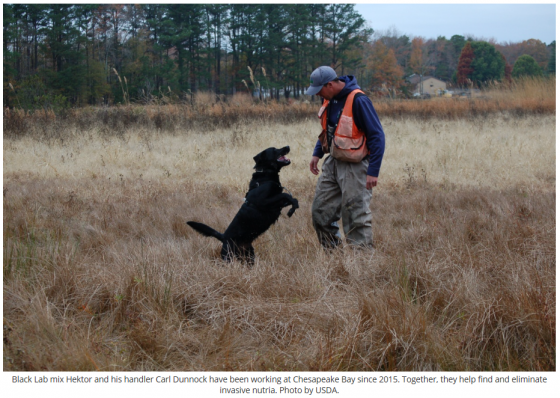 Today, March 23 is National Puppy Day, celebrated by organizations everywhere that benefit from the smarts and loyalty of our canine friends. Dogs assist humans in a number of situations including bomb-sniffing dogs on the battlefield, TSA dogs used in airports to locate contraband and as reported
Today, March 23 is National Puppy Day, celebrated by organizations everywhere that benefit from the smarts and loyalty of our canine friends. Dogs assist humans in a number of situations including bomb-sniffing dogs on the battlefield, TSA dogs used in airports to locate contraband and as reported 